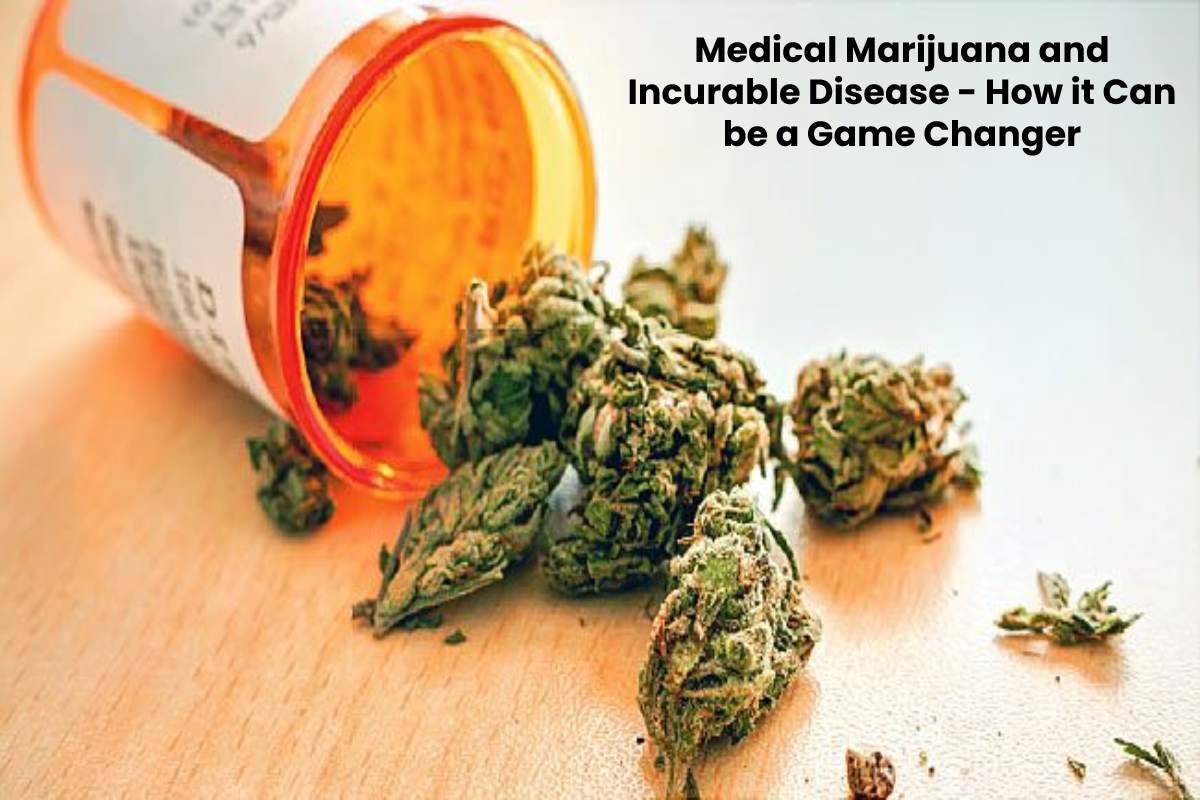Medical marijuana is now legal in almost half of the United States. The plant was once considered a Schedule I Controlled Substance with “no currently accepted medical use and a high potential for abuse,” but those days are long gone. Thirty-three states and the District of Columbia have now legalized cannabis in some form, with ten of those states plus D.C. having legalized it for recreational use. But what does this mean for those living with chronic or terminal illnesses? Is medical marijuana really a game changer? More importantly, is it right for you or your loved one? Let’s take a closer look.
Table of Contents
1. What is Medical Marijuana?
Marijuana, or cannabis, is a plant that has been used for medicinal purposes for centuries. The Cannabis sativa plant contains over 100 cannabinoids, or active compounds, that have different effects on the body. The two well-known cannabinoids are tetrahydrocannabinol (THC) and cannabidiol (CBD). THC is the cannabinoid answerable for the “high” associated with marijuana use, while CBD does not have any psychoactive effects.
Medical marijuana is made from the dried flowers and leaves of the cannabis plant. you can easily It can be smoked, vaporized, or eaten in edibles. It can be made into an oil or tincture that can be applied to the skin or taken orally. If you live in DC, you can easily purchase cannabis products by using a cannabis delivery service. These services enable people to have their products delivered directly to their homes without going out of their way.
To get easy access to medical marijuana, you need to get your hands on a Medical Marijuana Card. Visit 420id to apply online.
2. What conditions can Medical Marijuana be used to Treat?
The medical marijuana has been legalized in the United States to treat a variety of conditions, including:
- Chronic pain
- Cancer
- Glaucoma
- HIV/AIDS
- Crohn’s disease
- Epilepsy
- Multiple sclerosis
- PTSD
The list of conditions that medical marijuana can be used to treat is constantly growing. In fact, the National Academies of Sciences, Engineering, and Medicine released a report in January 2018 that reviewed over 10,000 studies on the topic and found strong evidence that cannabis is effective in treating chronic pain, chemotherapy-related nausea and vomiting, and spasticity from multiple sclerosis.
3. How does Medical Marijuana Work?
Marijuana contains a number of active compounds that interact with the body in different ways. The two main cannabinoids, THC and CBD, have different effects on the body.
THC is psychoactive and is responsible for the “high” associated with marijuana use. It interacts with receptors in the brain that affect mood, pleasure, memory, thinking, concentration, and coordination. CBD does not have any psychoactive effects and actually blocks THC from interacting with these receptors, which reduces the “high” feeling.
CBD also has other effects on the body. It binds to receptors in the brain that regulate inflammation, pain, and anxiety. This can help reduce pain and inflammation as well as improve sleep and overall mood.
4. Is Medical Marijuana Right for me?
Only you and your doctor can decide if [medical marijuana] is right for you. It is important to remember that marijuana is still a drug and has the potential to interact with other medications you are taking. It can also cause side effects, such as drowsiness, dizziness, and nausea.
Your doctor will need to know about all of your health conditions before prescribing [medical marijuana]. He or she will also need to know what medications you are taking, including over-the-counter drugs and supplements. Be sure to tell your doctor if you are pregnant or breastfeeding, as cannabis can be harmful to both mother and baby.
5. How do I get a Prescription for Medical Marijuana?
[Medical marijuana] is not available in all states. You will need to check with your state’s Department of Health to see if it is legal and whether you qualify for a prescription.
If it is legal in your state and you meet the qualifications, you will need to see a doctor who can prescribe [medical marijuana]. Not all doctors are familiar with prescribing [medical marijuana], so you may need to find a doctor who specializes in this treatment.
6. What are the Benefits of using Medical Marijuana?
There are many potential benefits of using [medical marijuana], including:
- Reducing pain
- Reducing inflammation
- Improving sleep
- Reducing anxiety
- Reducing nausea and vomiting
7. What are the Risks of using Medical Marijuana?
There are some risks associated with using [medical marijuana], including:
- Drowsiness
- Dizziness
- Nausea
- Anxiety
- Psychosis (in rare cases)
8. What should I do if I experience side effects from using [Medical Marijuana]?
If you experience any side effects from using [medical marijuana], contact your doctor immediately. He or she may be able to adjust your dosage or prescribe a different medication that can help reduce the side effects.

